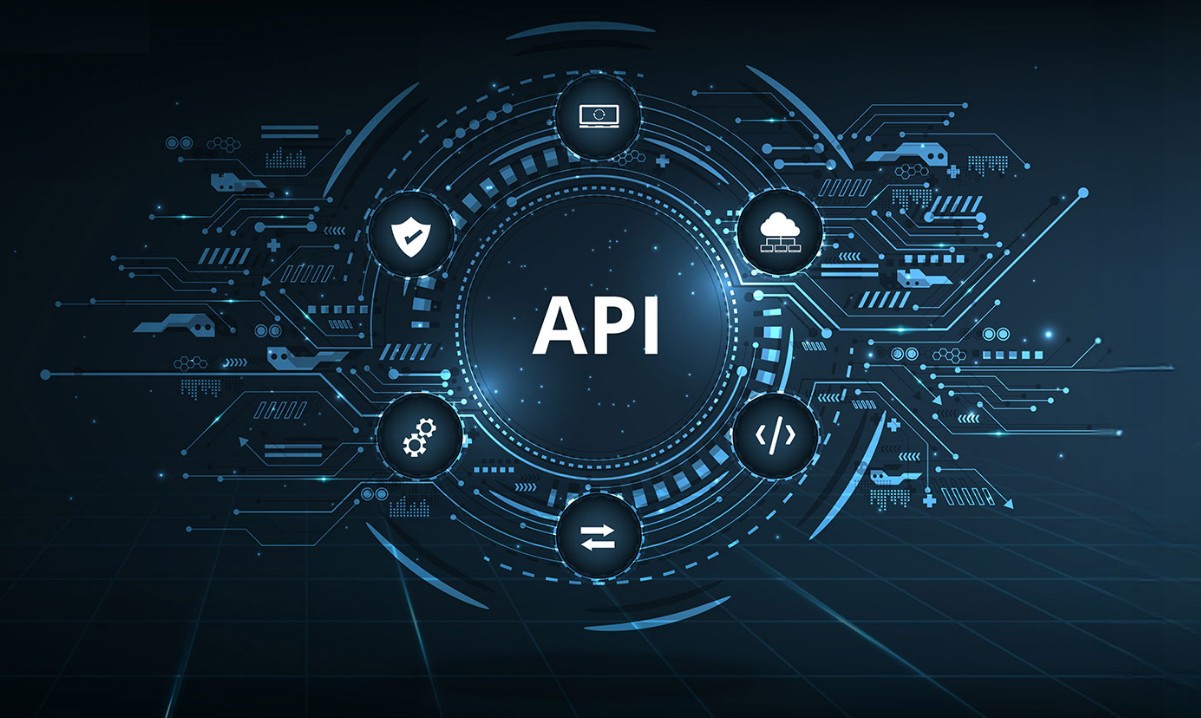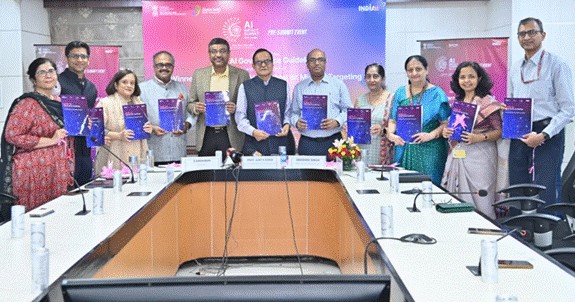India’s Expanding Cyberattack Surface: Why Scalable Encryption is No Longer Optional

India’s rapid digital expansion is irreversible, and so are the threats that come with it.
Ten years ago, India’s cyber risks looked very different. Most small businesses relied on basic antivirus software, and government systems functioned in semi-isolated silos. Fast forward to 2025, and the story has changed dramatically. From UPI transactions crossing billions each month to government services migrating onto digital platforms, India has become one of the most digitally connected economies in the world. Each digital step forward also cracks open more space for cyber threats to sneak through.
A Growing Target
The scale of India’s digital ecosystem makes it a lucrative playground for attackers. Small and medium enterprises (SMEs) which account for 30% of India’s GDP and employ over 110 million people are now prime targets. Unlike large corporations, SMEs often run on lean IT budgets, with limited capacity to invest in sophisticated cybersecurity. For attackers, this is an open door. Ransomware that locks down billing systems, phishing attacks that drain business accounts, and spyware that siphons customer data are no longer isolated incidents, they’re everyday risks.
Government technology (govtech) is just as exposed. Initiatives like Digital India, Aadhaar-linked welfare systems, and state e-governance platforms have put vast amounts of sensitive data online. While this connectivity has brought transparency and efficiency, it has also created single points of failure. A breach in a municipal database or a local health system could have national-level consequences.
The Encryption Gap
If cyberattacks are inevitable, the question becomes, how do we limit their impact? The answer lies in encryption but not the way it’s traditionally been deployed.
Today, most SMEs and public institutions rely on piecemeal security VPNs here, SSL certificates there, maybe a cloud provider’s encryption add-on. The problem is that these methods were designed for fixed networks, central servers, and predictable traffic. India’s digital ecosystem, by contrast, is anything but predictable. Data flows from rural kiosks, mobile-first platforms, IoT devices, and cloud servers, often over insecure or patchy networks.
Traditional encryption systems buckle under this complexity. They require heavy infrastructure, centralized key management, and constant monitoring—resources that SMEs and government bodies often lack. This mismatch leaves sensitive data either under-protected or wrapped in tools that don’t scale with real-world usage.
Scalable Encryption: Built for the Real India
What India needs is encryption that scales the way its digital ecosystem does lightweight, distributed, and embedded directly into devices and applications. Instead of relying on cloud-based or centralized models, scalable encryption creates secure, end-to-end channels that work seamlessly across environments.
For an SME in Jaipur processing payments, it means protecting customer transactions without needing an in-house IT team. For a government portal serving citizens in rural Assam, it means ensuring data privacy even on low-bandwidth, unstable connections. And for India’s broader defense and critical infrastructure, it means communications that remain secure regardless of where the servers or endpoints reside.
The Cost of Inaction
The stakes are high. A compromised SME doesn’t just lose revenue it risks collapsing supply chains and exposing customer data that larger enterprises depend on. A breach in a local government service can ripple across state lines and erode public trust in digital governance. India’s cybercrime costs are projected to surpass $350 billion by 2030, underscoring that scalable encryption is not a luxury but a critical pillar of national digital resilience.
Building the Future Securely
India’s rapid digital expansion is irreversible, and so are the threats that come with it. What must change is how we secure the nation’s digital backbone. SMEs and govtech platforms need encryption that adapts to scale, complexity, and mobility not rigid, legacy models.
The message is clear: as India’s cyberattack surface grows, so too must its defense. And at the heart of that defense lies encryption simple, scalable, and built into the very fabric of our digital future.

The article is authored by Srinivas Shekar, CEO and Co-founder, Pantherun Technologies






